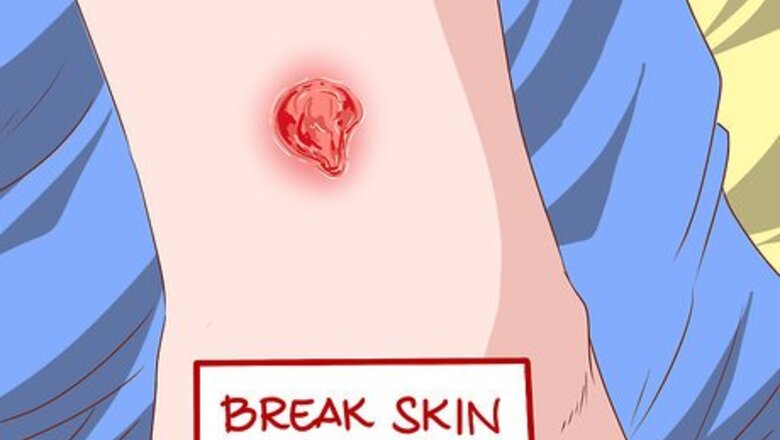
views
Identifying Early Symptoms
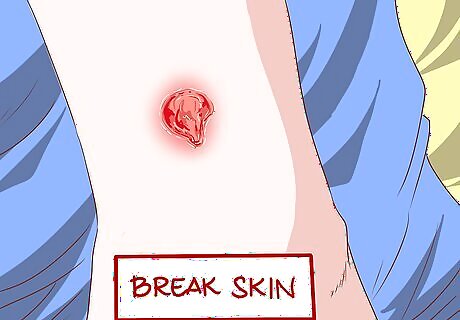
Look for breaks in the skin. MRSA infections are common where there are cuts or wounds in the skin. Look close to hair follicles. It is also common in hairy areas of the skin, such as the beard area, back of the neck, armpit, groin, legs, scalp, or buttocks.
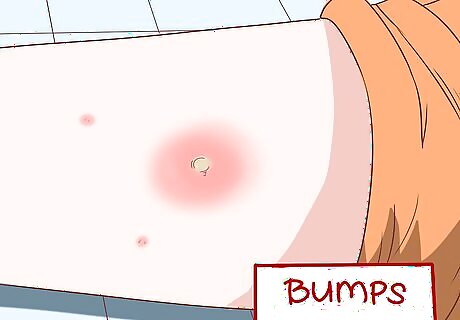
Watch for bumps or reddened and inflamed skin. MRSA manifests as a bump or sore area on the skin. Many times this can be confused with insect bites, such as spider bites, or it may look like a pimple. Pay attention to any areas of skin that are red, inflamed, painful, or hot to the touch. Keep an eye on minor bumps, cuts, scrapes, and redness. If they become infected, see your doctor.
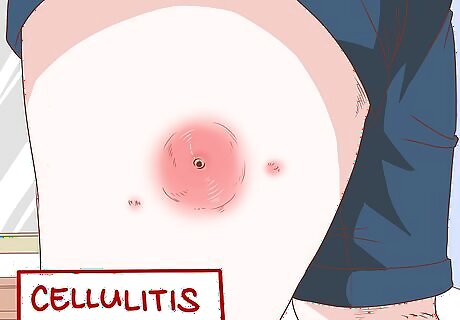
Look for cellulitis. MRSA can lead to cellulitis, which is an infection of the layers and tissues beneath the skin, which looks like a widespread swollen rash. This causes the skin to look pink or red. The skin may be warm, tender, or swollen. Cellulitis can start out as small red bumps. Some areas of the skin may look like a bruise.
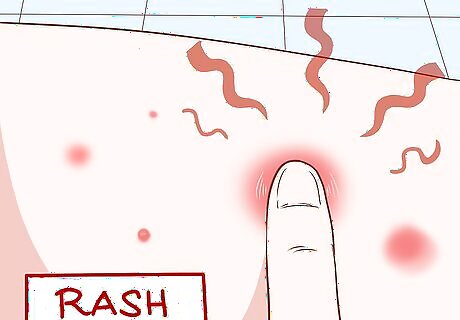
Be on the lookout for a rash. A rash is reddish colored areas on the skin. If you have widespread red areas, watch it carefully. If it is hot to the touch, spreads quickly, or painful, you may want to see your doctor.
Looking for Pus
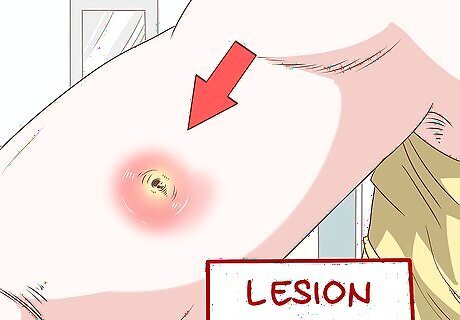
Decide if the lesion is purulent. If you have a bump or lesion, look for a fluid filled cavity that is movable and compressible. Look for a yellow or white center with a head. There might also be draining pus.
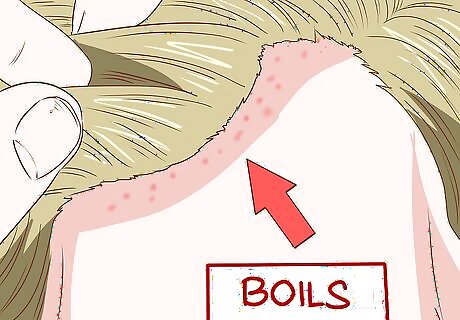
Look for boils. Boils are pus-filled infections of the hair follicles. Check in your scalp for bumps. Also check any other places with hair, like your groin, neck, and armpit.
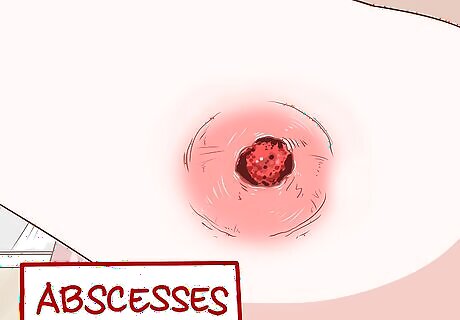
Look out for abscesses. An abscess is a painful pus-filled lump in or under the skin. An abscess might require surgical drainage in addition to antibiotics. Keep an eye out for carbuncles. Carbuncles are large abscesses that has pus draining from them.
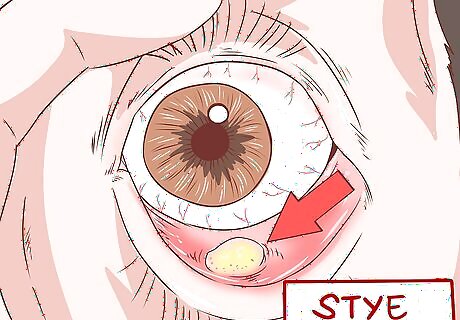
Be wary of a stye. A stye is an infection of the oil glands of the eyelid. This causes inflammation and redness on the eye and eyelid. The stye can be internal or external. The lump will usually have a whitish or yellowish head that looks like a pimple. It may hurt to blink.
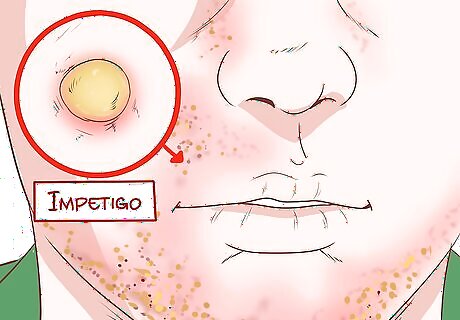
Watch out for impetigo. Impetigo is a pus blister on the skin. These pus blisters can be large in size. They may burst and leave a honey-colored crust around the infected area.
Handling a Severe Case

Track your improvement. If your doctor has diagnosed you with staph infection and given you antibiotics, your condition should improve within two to three days. If you do not see any improvement, there is a chance that you have MRSA. Once you are colonized with MRSA it is likely that you can become reinfected more easily. Keep an eye on your condition, and be prepared to return to your doctor on short notice.
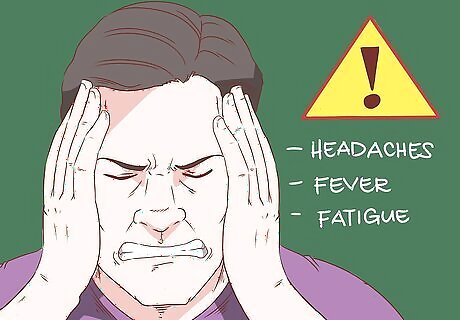
Watch out for headaches, fever, and fatigue. Any of these symptoms might indicate a serious infection when coupled with a staph or MRSA diagnosis. The combination may feel similar to flu symptoms. You may also experience some dizziness and confusion. Take your temperature if you think you might be running a fever. A fever of 100.4 or higher is cause for concern.
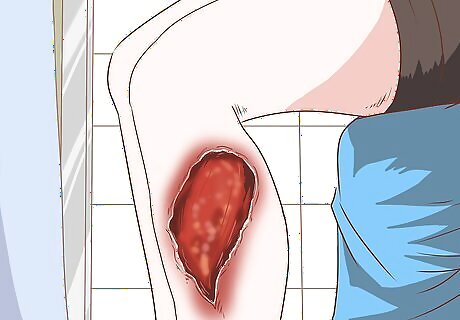
Notice the signs of a deeper MRSA infection. As the infection spreads through your body, it can choke the lungs; inflame your urinary tract; and even begin to eat your flesh. Untreated MRSA can result in necrotizing fasciitis, a rare but horrific flesh-eating disease. Notice the signs that MRSA has spread to the lungs. If the infection is still undetected and left untreated, there is a risk that it can spread to the lungs. Look out for coughing, wheezing, and shortness of breath. A high fever and body chills, possibly accompanied by urinary tract infection, are signs that the MRSA has spread to other organs of the body, such as the kidneys and urinary tract. Necrotizing fasciitis is very rare, but not unheard-of. This may manifest as a severe pain in the infected area.
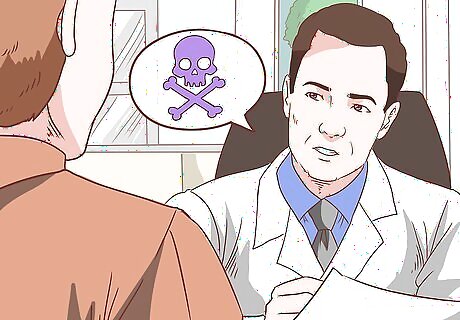
Seek treatment immediately. If you think that you're infected with any stage of MRSA, act as quickly as possible before the bacteria eats its way any deeper into your system. Even if you aren't sure: ask a doctor. MRSA can be a serious and life-threatening condition, and it isn't worth it to take any chances. Treatment for community-acquired MRSA is Bactrim and if you are hospitalized it is IV vancomycin.




















Comments
0 comment